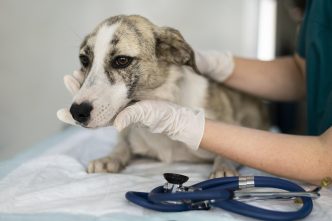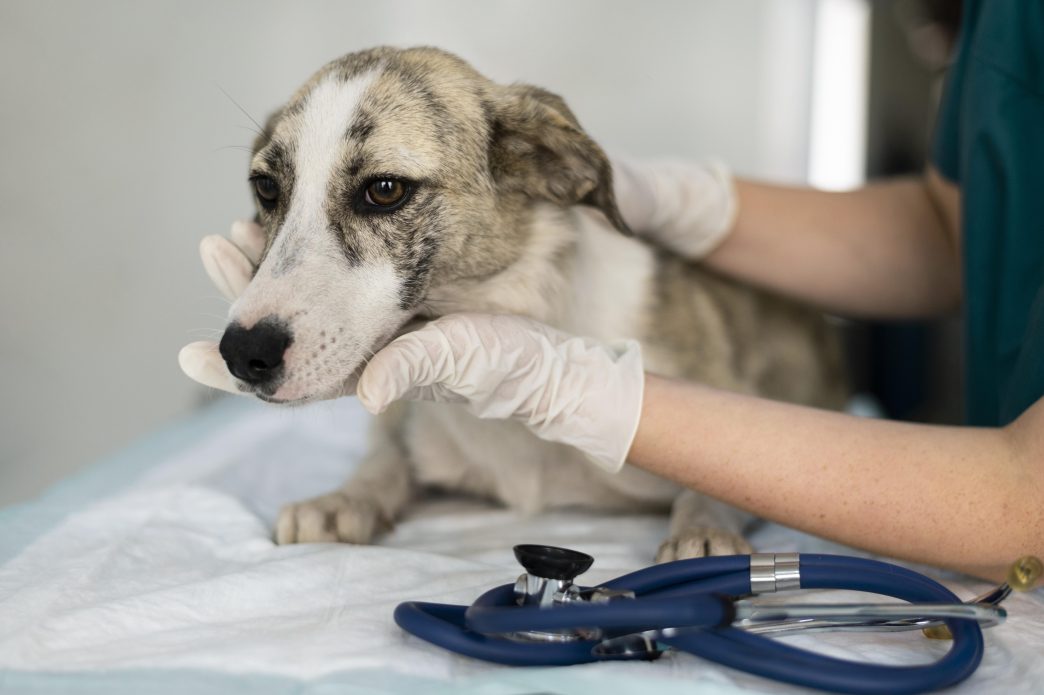Spaying and neutering pets are among the most responsible choices an owner can make. These procedures not only improve the health and longevity of cats and dogs but also help reduce the number of stray animals in communities. Yet, many owners hesitate due to myths and misinformation.
What Are Spaying and Neutering?
Spaying removes the ovaries and uterus in females, while neutering removes the testicles in males. Both are routine veterinary surgeries designed to prevent uncontrolled breeding and improve long-term health.
Health Benefits
- Lower cancer risk: Spaying reduces the chance of mammary tumors and eliminates uterine infections, while neutering prevents testicular cancer and lowers prostate problems.
- Longer lifespan: Studies show sterilized pets live longer, healthier lives.
- Improved behavior: Neutered males often show less aggression, roaming, and marking, making them calmer companions.
Community Impact
By preventing unwanted litters, spaying and neutering help reduce the number of stray animals that end up in shelters or on the streets, lowering disease risks and easing pressure on animal welfare systems.
Busting Common Myths
- “My pet will get fat and lazy.” Weight gain is caused by overeating and lack of exercise, not the procedure itself.
- “Females should have one litter first.” No scientific evidence supports this. In fact, early spaying reduces cancer risk.
- “Neutering changes personality.” Pets remain the same loving companions—only unwanted behaviors may decrease.
- “My pet won’t escape.” Even well-kept pets may roam during mating season. Sterilization removes this drive.
When Is the Right Time?
Generally, veterinarians recommend spaying or neutering between six and twelve months of age, though older pets can also benefit. Consult your vet for the best timing based on breed, age, and health.
Preparing for the Procedure
Your vet will guide you on pre- and post-surgery care, including diet adjustments, creating a recovery space, and monitoring your pet’s health.
Conclusion
Spaying and neutering are acts of love and responsibility. They protect your pet’s health, improve quality of life, and contribute to community welfare. By breaking the myths and embracing these procedures, you’re giving your pet the best chance at a long, healthy, and happy life.
Photos:Freepik










